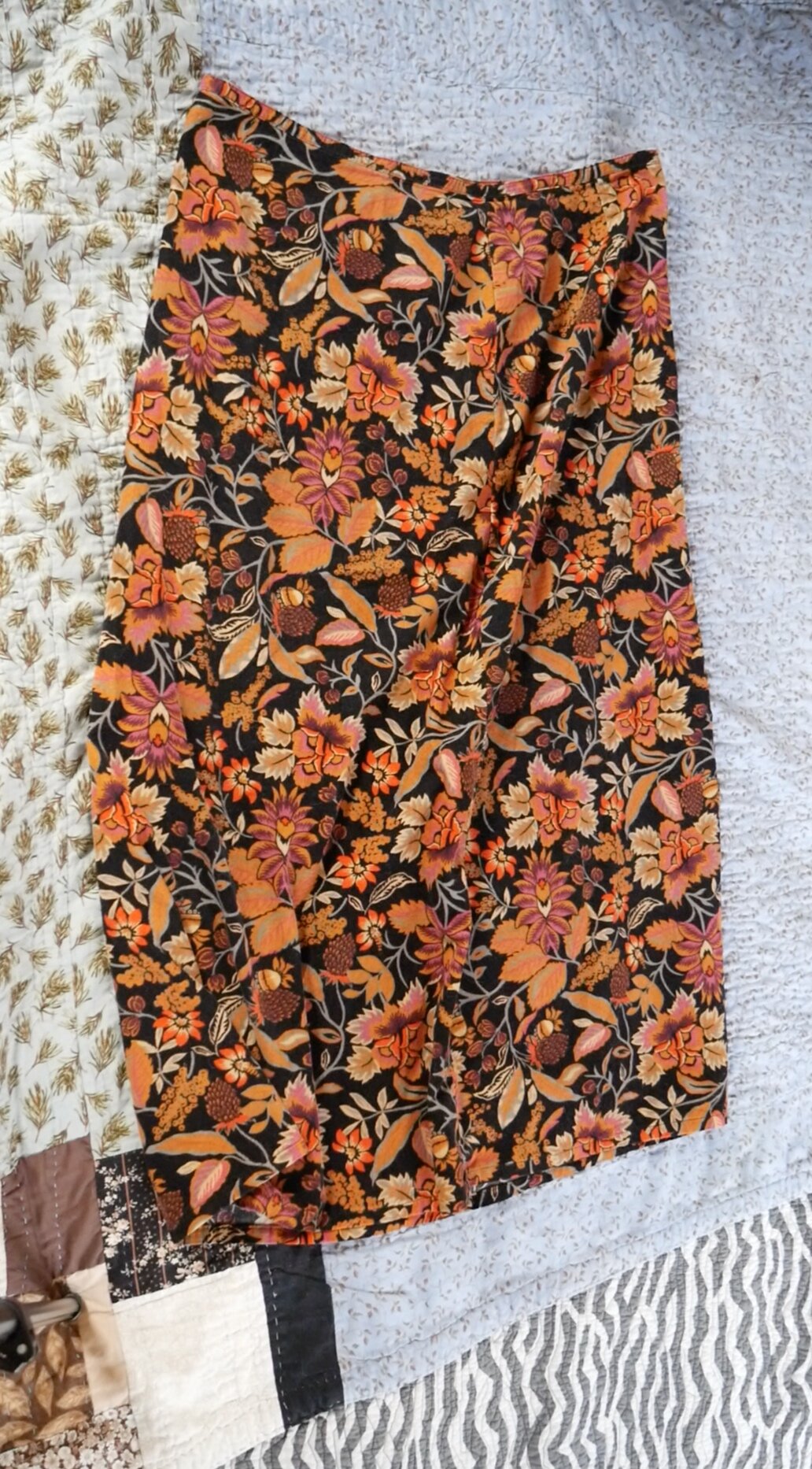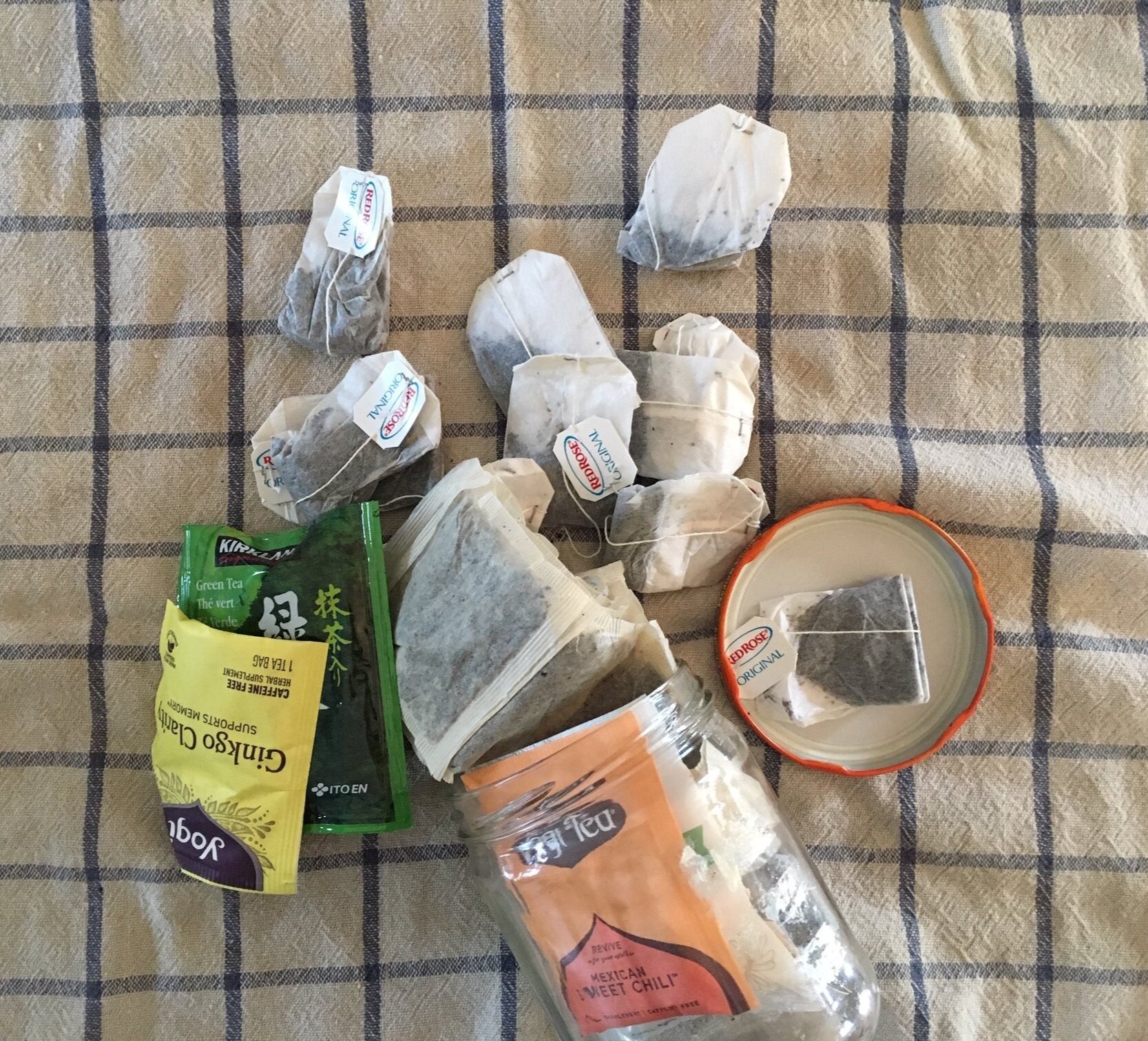It feels like I should just cut and paste last years goals here. Not much movement was made on them and so they will remain mostly the same. There are subtle differences and andvancements to be tweaked and added.
Having to physically wrote them out seems important though. Perhaps goals were not accomplished, fell to the way side, or were over looked bc not enough time and energy was devoted to them. I did not cast my eye on to them in 2021, and this could be why they fell from my consciousness,
In 2022, I want to concentrate on slow living, sustainability, creativity, and forging a path that will lead me to a more tranquil and fulfilled life in the coming years. Societal norms and traditional means of income, working for others, expected gatherings, and timetables are some of the things that are no longer serving me. In my goals for the coming year, I hope to turn myself to a life more aligned with my priorities and pleasures. By writing and rewriting them, I hope to keep my goals foremost in mind and intentions.
Creation over Consumption
This is the goal I make every year and every year the definition changes ever so slightly. Creativity has many meanings in my world. Creative art, content making, living differently than most by living as self sufficiently as I can, creating a life that aligns and parallels my ideals and priorities. I want to live a more artistic life. Dare I say it? A more romantic life. To me, that means, consuming less media (yes, even booktube!), buying less, consuming less ideas of a “normal” life, and creating instead the life I seek.
Less electronic media (internet, news, instagram, booktube).
More art, both making and viewing.
More cooking to balance outside consumption.
More making (videos, blogs, photos, and thoughts. Although reading is consumption, I find that it falls more in this category: an inspiration).
Become more Self Sufficient
This is another multi facieted goal, needing more than just physical tasks to accomplish it. Not being able to love “normally” for nearly two years by of the global pandemic has not made me long for the “old days”, but made me anxious to usher in a new normal, a life full of art and romance and care for the larger world, but lived in a more susinct way. Truer to myself and my ideals.
Continue to grow towards zero waste and a plastic free lifestyle
Cut down on cheese, other factory and processed foods, and eating out.
Shop local, shop small.
Cook more, grow more food, preserve and less food waste.
Reduce clutter and use up.
Health
We’re not getting any younger! Regular checkups, better eating and exercise, and mental heath are going to become increasingly important this year. In youth we can coast through but it’s time to buckle down and create healthy routines.
Cat health.
Docs and regular check ups. Taking care of any issues we currently have.
Self healing techniques (including cooking more at home, walks for metal health, supplements and nutrition).
Exercise and stretching.
Home improvements
We love our house and we are happy that the pandemic has provided us more time to spend there. But after 7 years, there is maintenance that needs to get done, and improvements to be made. Not to mention all the projects we had meant to get to and didn’t (yes, our kitchen has been under construction for 5 years). And we have a few dream projects that can always linger on the list in hopes of one day coming true.
Finish kitchen.
Bathroom redo.
Wallpaper and paint.
New doors.
Organize and utilize the basement.
Maintenance on appliances.
Wood stove.
Piano.
Reading and Content
Although many things in my life and current goals are geared for staying off the computer, away from social media and out of the mainstream news, this blog, instagram and now my BookTube channel are important creative outlets for me. Reading is involved in all those things and an outlet for my mental health.
Read more (at least 75 books in 2022).
Consistent content on blog and booktube.
Find a way to post and view insta without app on phone. (I love to see my life recorded there, but the platform’s other functions no longer serve me).
More creative content.
Career
I don’t usually have a career section, but I plan to make a 3 year plan and my career is an important factor. Although, I love to work, my career is not fulfilling me the way that it used to. Partly that Is due to the pandemic, partly my age and disposition, and there are so many other factors as well! Part of my idea of a self sufficient life includes a job unbeholden to others, a way to raise up workers I see around me and create community. I don’t know how to accomplish this just yet, but 2022 is the year to figure it out.
3 year map and plan for life and work.
Budget.
Creative income (I’m not fully sure what this means or entails just yet, but I know I want some of my income to be generated by creative means).
That seems like quite a lot, but these are small steps to a larger path. I think by writing, seeing, rewriting, and working on reviewing these goals, I can make big strides towards a life more inline with myself.
What are you goals for 2022?

















































